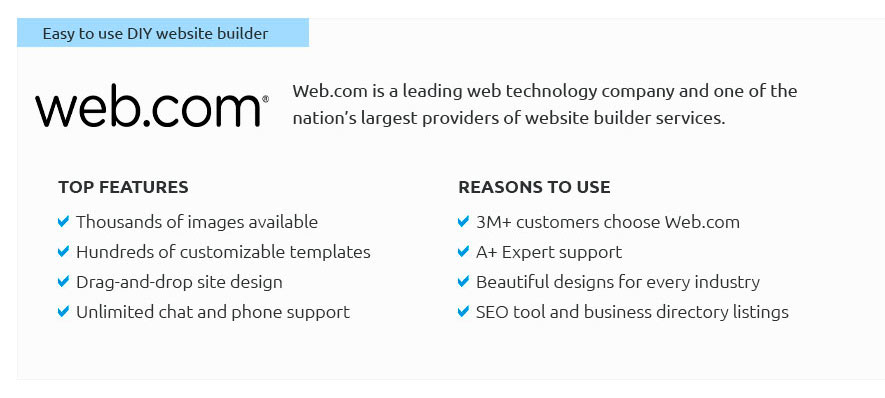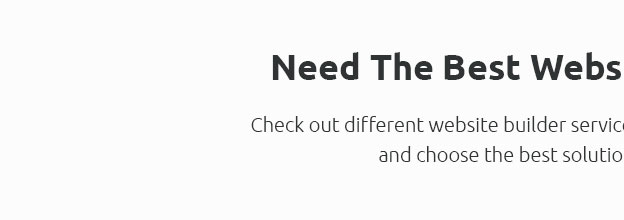 |
 |
 |
 |
|
 |
 |
 |
|
 |
|
 |
 |
|
 |
|
 |
|
 |
 |
How to Build Your First Website: A Comprehensive GuideCreating your first website can be a thrilling and rewarding experience, much like crafting a tangible piece of art from scratch. In today's digital age, having an online presence is not just beneficial; it's often essential, whether you're a budding entrepreneur, a passionate hobbyist, or someone who simply wants to share their thoughts with the world. But where do you start? Let me guide you through this exciting journey. First and foremost, you need to decide on the purpose of your website. Is it a personal blog, a portfolio to showcase your work, or perhaps a small business site? This decision will influence the design and functionality of your site, so take a moment to ponder what you truly want to achieve. Once you've defined your purpose, it's time to choose a domain name, which is essentially the web address that people will use to find your site. Try to pick something memorable and relevant to your content; it should be easy to spell and not too lengthy. Next, you must select a web hosting service. Think of hosting as the plot of land where you'll build your digital house. There are numerous options available, ranging from budget-friendly shared hosting to more robust dedicated servers. For beginners, shared hosting is often a cost-effective choice that offers ample resources and support. Companies like Bluehost and SiteGround are popular among newcomers for their user-friendly interfaces and reliable customer service. Now that you have your domain and hosting sorted, it's time to decide on a platform to build your site. Many first-time website creators gravitate towards WordPress due to its flexibility, extensive range of themes, and the vibrant community that supports it. WordPress powers over 40% of the web, making it a tried-and-tested option for beginners and professionals alike. Alternatively, if you're looking for something more drag-and-drop friendly, platforms like Wix or Squarespace offer intuitive site-building experiences with beautiful templates. Once your platform is up and running, the next step is to design your site. This is where your creativity can truly shine. Start by selecting a theme that aligns with your site's purpose and personal aesthetic. Most platforms offer customization options that allow you to tweak colors, fonts, and layouts. Remember, a well-designed site is not just visually appealing; it also offers a seamless user experience. Prioritize readability and ensure your site is easy to navigate. Now, let's talk about content. Your site’s content is the heart of your online presence. Whether you're writing blog posts, displaying artwork, or providing information about your business, ensure your content is engaging and valuable to your audience. Incorporate keywords naturally to improve your site's search engine visibility, and don't forget to include images and videos where appropriate-they can significantly enhance user engagement. With your content in place, you must focus on SEO (Search Engine Optimization). While it may sound daunting, SEO is simply about making your site more attractive to search engines. Use descriptive, keyword-rich titles and headings, optimize images with alt text, and consider installing an SEO plugin if you're using WordPress. These steps will help your site rank higher in search results, driving more traffic your way. Before you launch, it's crucial to test your site. Check that all links work, ensure your site is mobile-friendly, and verify that your pages load quickly. A slow-loading site can deter visitors, so consider using tools like Google PageSpeed Insights to identify areas for improvement. Finally, remember that building a website is an ongoing process. Regularly update your content, monitor your site's performance, and be open to making changes as your needs evolve. As you become more comfortable, you might even explore advanced features like adding an online store or incorporating social media integrations. In conclusion, while building your first website may seem daunting at first, it's an entirely achievable goal with the right guidance and resources. Embrace the learning process, and don't hesitate to seek help from online communities and forums. Before you know it, you'll have a beautiful, functional website that you can proudly call your own. https://openclassrooms.com/en/courses/5265446-build-your-first-web-pages-with-html-and-css
In this course, you will learn how to use HTML5 and CSS3, the two types of code upon which all websites are based. https://www.youtube.com/watch?v=HXYZxVbWkjc
We will create a professional-looking website from scratch using HTML, CSS and a bit of JavaScript. This project is beginner-friendly, ... https://www.wix.com/blog/how-to-build-website-from-scratch-guide
How to create a website from scratch in 11 steps (for beginners).
|